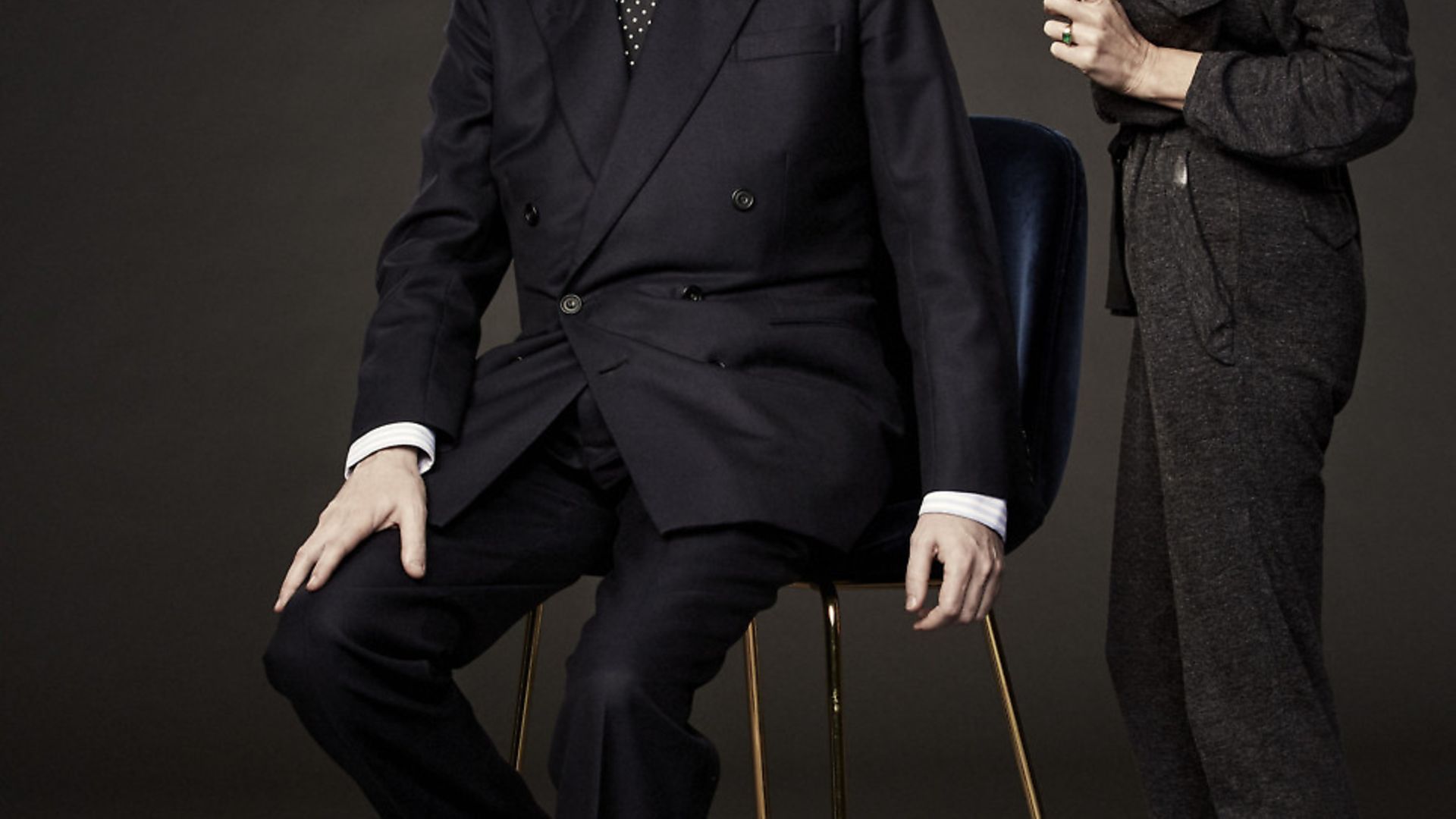
Jacob Rees-Mogg’s photograph by Mark Harrison is a study in vanity, says BONNIE GREER, and it reflects the way our world is in 2018.
‘Mogg told me a ‘Gentleman never ever puts his hands in his trouser pockets’. I now always put my hands in my trouser pockets.’ So tweeted photographer Mark Harrison, a few months ago.
His photograph for a magazine shoot came through on the Amazon river that is my Twitter timeline and I was lucky to catch it. Retweeted by someone of obviously good taste along with a sense of mischief, the picture caught my eye. Because it is more than that. It is a ‘study’. And ranks with the best.
In this Age of the ‘Democratisation of the Image’, the professional photographer can become one more cog in the wheel of publicity. She/he has to compete with the public, who increasingly believe that no image is complete, or even real, without the insertion of themselves.
This Age of the Selfie makes taking a photograph a largely mechanical act. The adding on of various digital textures, all in the service of personal enhancement the majority of the time, makes the selfie the key image of our narcissistic time.
This insertion and celebration of the self – real or imagined – is the opposite of the ‘study’.
The study is cool in the sense that there is no emotion displayed by the photographer. There are only the tools of the trade: lighting; arrangement; the camera. We forget now that in most of photography’s existence, it was not possible to see a picture until it was developed. That entailed standing in a dark room, swishing the film around the solution, and praying.
Often if the image was not caught, it was too late. The picture was gone. Missed. Lost.
A real photographer first sees the picture in their brain. Then they have to have the skill to catch that image. Along with the skill and the artistry comes the ultimate right tool: the camera. This, and the photographer’s ‘intelligence’, or nous.
Mark Harrison’s photograph of Jacob Rees-Mogg is great for several reasons. First of all, it presents the politician as we think that we know him.
Of course, no one can know the real Rees-Mogg but himself, his family, colleagues and friends. Perhaps the phrase ‘know the real Rees-Mogg’ is too politically correct, New Age or OTT when describing someone who resembles a minor character from those two works by Evelyn Waugh, Vile Bodies and Brideshead Revisited.
Harrison’s depiction of Rees-Mogg shows why he is beloved by some and reviled by others. People want desperately to be him. Or desperately not be him. Harrison, in tweeting out his response to Moggy’s admonition that a gentleman never keeps his hands in his pocket, adds words to his picture. And they fit the man that we believe that we know
There are several photos of the member for North East Somerset taken as a boy. They seem to have been shot in Edwardian times, there is something grainy about them.
Chris Patten, who has known Rees-Mogg since he was eight through his friendship with his late father, the great editor of the Times William Rees-Mogg, has said that the head of the European Research Group has not changed since they first met.
Lord Patten believes that Rees-Mogg ‘has been taken over by the personality which the press has assigned him’. And the press has assigned him the role of MP for the 18th century, and figurehead for Moggmentum. But the problem for Rees-Mogg, and for us, is that he appears to relish that old showbusiness phrase, ‘the smell of the greasepaint; the roar of the crowd’. I use the word ‘appear’ because, again, we do not know. It is what we assume. And this is why the Harrison portrait is a ‘study’: a contemplation of the public image of not only one politician, but of, frankly, all of them. Because they exist in public.
As the make-up artist Julia Wren sprays his hair into place, we have the image of not only vanity, but of illusion. The illusion of politics and of many political players right now.
The Armenian-Canadian photographer Yousuf Karsh took a picture of Winston Churchill considered the epitome not only of the man but the English Bulldog aspect of his country. Taken in 1941 while Churchill was in Canada to give a speech, the picture holds within itself not only what the man projected, but what the UK projected. What it desperately needed to project. It is, like the Rees-Mogg photograph, ‘true’ in that it concurs with our own feelings and assumptions of a ‘thing’ that exists for… us.
The Karsh photograph, which appeared on the cover of Life magazine in 1945, has been described as ‘the most famous iconic picture ever shot’. The Harrison Study Of Jacob Rees-Mogg (I’ve given it a name) has the same qualities as the Karsh. It is lit beautifully, displays mastery of the camera and knows where the shot is.
Karsh’s method is known as ‘capturing’. Not ‘taking’ the picture, but snatching it as it flies past and dissolves in the glare of reality and the movement of time.
Karsh’s own description of taking the Churchill portrait attests to this ‘capture’. He writes of having to set up the lights; of the prime minister of Canada leading an unsuspecting Churchill into the room; of switching on the floodlights and announcing his intention; of Churchill demanding an explanation, with the fear of his entourage palpable as it comes to grips with the situation. Then, Karsh, steps in, bowing and scraping to the great man in order to get the shot. Churchill pulls out one of his famous cigars and hands it to Karsh. Karsh declines. A few minutes later, he hands Churchill an ashtray. Churchill ignores it.
Karsh returns to his camera and checks to make sure that everything is ready for when the time comes. Churchill continues to nurse his cigar. Suddenly, steps forward and takes the cigar out of his mouth. When Karsh returns to his camera, he looks at the face of Churchill. It looks like thunder. ‘He looked so belligerent he could have devoured me,’ Karsh recalled. ‘It was at that instant that I took the photograph.’
I tweeted to Mark Harrison and suggestion that he submit his Rees-Mogg image to the National Portrait Gallery. Reluctantly (he’s a low-key behind-the camera guy) he took my advice and did it. The Gallery accepted it and now it is in their collection.
This acquisition tells us his photograph can be seen as a kind of contemplation, not only of one individual, but of who we are and where we are in the teen years of the 21st century. We are the nation that has became enamoured with a throwback to the time of Lord Byron. And that in this age of digital, of fast news and fast food, the UK has a soft spot for someone who embodies that misty past of Britain, in which ‘exceptionalism’ was the rule. In which the sun never set. It is, like the Karsh, something that will be looked at for many years, in an effort to piece together the extraordinary time in which we live.










